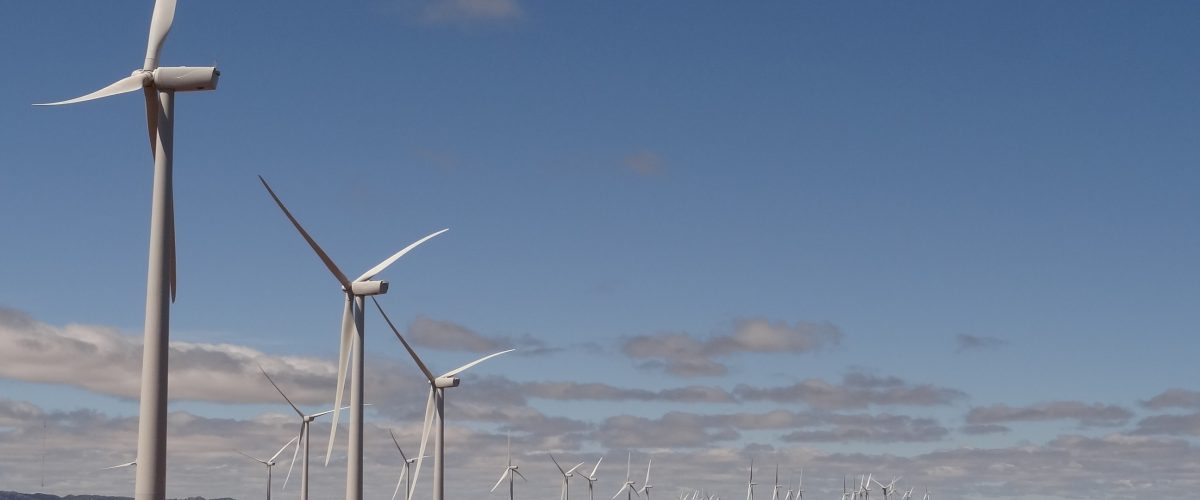According to data from Statkraft’s Low Emissions Scenario 2020, even in face of the pandemic, the renewable energy segment kept on growing in 2020. More growth is expected in the coming years
Although the Covid-19 pandemic caused a drop in energy consumption worldwide, the Renewable Energy segment managed to maintain growth in 2020, albeit less than expected. This is what the Statkraft’s Low Emissions Scenario 2020, an international report developed annually by the company, points out.
In its fifth edition, the report highlights trends in the global energy market for an energy transition by 2050. This report is based on internal models and in-depth studies from external sources.
According to the study’s forecasts, starting in 2035, solar energy will be the most popular technology for generation, surpassing wind, hydro, coal and gas. This is mainly due to the reduction in production costs in this segment, but also due to the flexibility of solar photovoltaic plants in terms of location, in addition to being relatively quick and easy to build compared to other technologies.
With photovoltaic solar energy as the largest source of energy in just 15 years, the study predicts that capacity in the global energy sector will increase three-fold by 2050. This increase, and more, will be achieved through renewable energy, which will grow at an accelerated rate until 2050. The report predicts an increase in solar energy generation of around 12% per year, on average, while wind power generation will increase by more than 8% per year. Hydroelectric power, on the other hand, will grow more slowly when compared to other sources, at an estimated average of 1.5% per year.
Even with a slower growth, hydroelectric energy production will surpass that of coal in 2040, and in 2045 gas. In a scenario where low-emission technologies are privileged, in 2050, renewable energies will constitute more than 80% of the total global energy generation, and 66% of this will be generated from variable sources such as solar and wind energy.
Climate change continues to be a motivating factor in the energy transition, but the continued decline in costs and the increase in the capacity of renewable energies make the choice smart and money-saving. The study also predicts that the energy system of the future will be closely integrated and will lead to a complex interaction: electricity and emissions-free hydrogen will be at the center.
Trends for Brazil
Considering global trends, Statkraft’s studies show that wind and solar energy will be the big winners among energy sources in 2050. Statkraft’s CEO in Brazil, Fernando De Lapuerta, confirms that the prospects for Brazil are similar.
“As our country already has a large part of its energy matrix based on renewables, we can say that we will undergo an energy transition, and not a complete transformation, as will happen in some other places”, says the executive.
De Lapuerta analyzes that, by 2030, 20% of Brazilian electrification is expected to come from wind and solar sources, which could reach 35% by 2050.
According to the executive, one of the most interesting data of the new study is that the demand for primary energy will be at the same level in 2050 as it is today. It will increase until 2030, and then it will stabilize, before falling as 2050 approaches. This will happen even with the continuous growth of the population and the economy.
Electrification
The increase in the number of equipment supplied by electricity will allow significant carbon reductions in the construction, industry and transportation sectors. This year’s report predicts that almost all new passenger cars in 2050 will be electric, and about 60% of the heaviest vehicles will run on batteries or hydrogen.
When electricity is no longer the option for long-distance transportation and high-temperature industry processes, the report points out that emission-free hydrogen will come into play, in its various forms, such as ammonia.
Still, according to the study, batteries will play a fundamental role in this future scenario, with a 70% drop in costs in the period due to the large adhesion of electric vehicles worldwide. Batteries, with EV smart charging, will provide the much needed flexibility for energy markets.
Emission reduction
The course outlined by the Low Emissions Scenario considers that energy-related CO² emissions will reach the 2ºC ceiling, with the promises made in the Paris Agreement being maintained. But it is not enough for the goal of maintaining the increase at 1.5ºC, and it is a journey that will have obstacles in the next 30 years. It requires predictable, shared climatic ambitions and a clear framework for achieving them.
“To meet climate targets, it is urgent that emissions are reduced. This is the only and quick way out of the world’s environmental and economic advancement. The report, in addition to portraying trends in the sector, shows us the way forward, especially with regards to renewable energy generation”, says De Lapuerta.
Full report: https://www.statkraft.com/lowemissions2020/
Source: Statkraft
:


